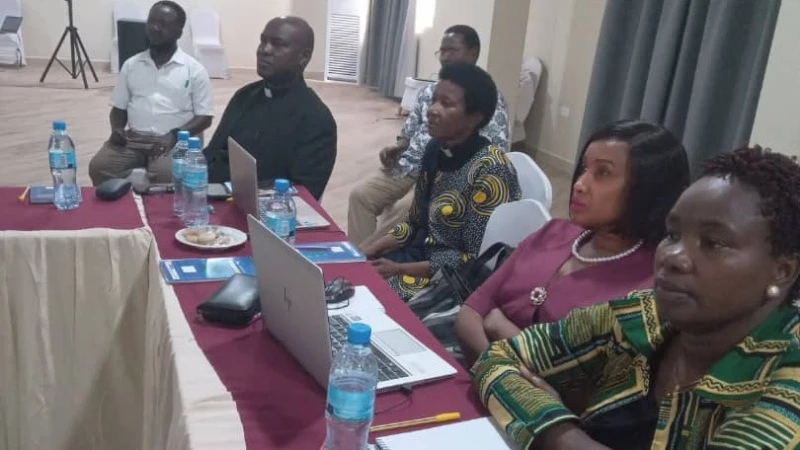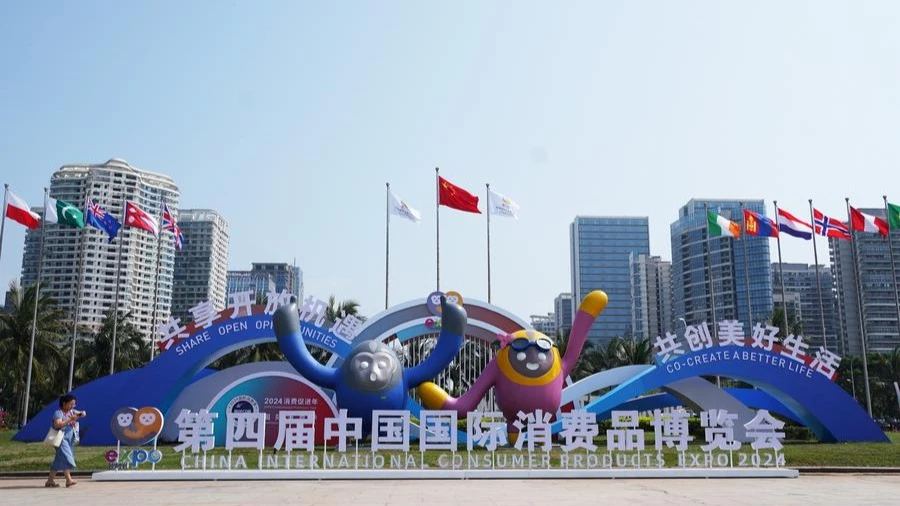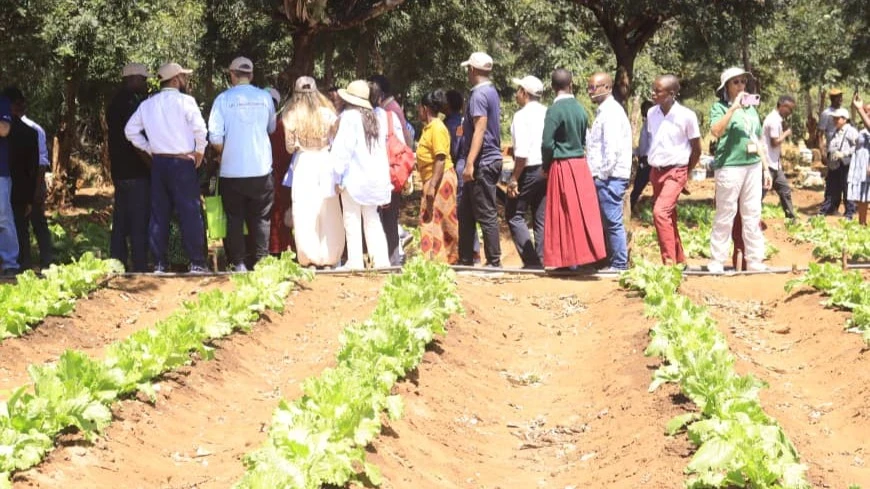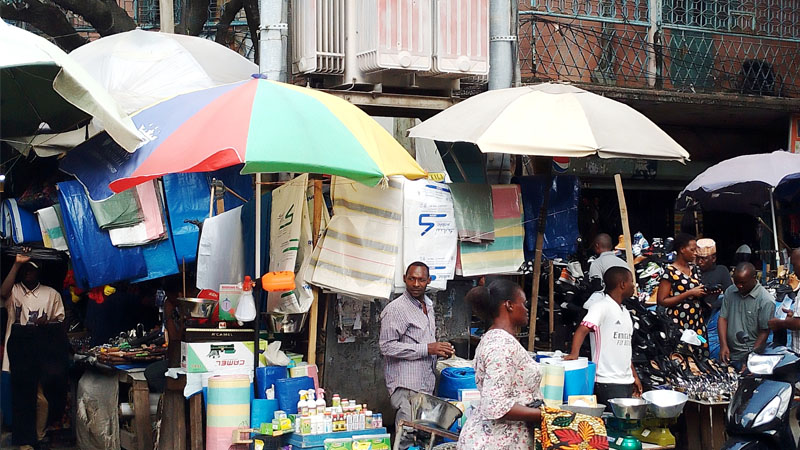SUA pursuit of green technologies skips DNA alteration, and might take too long
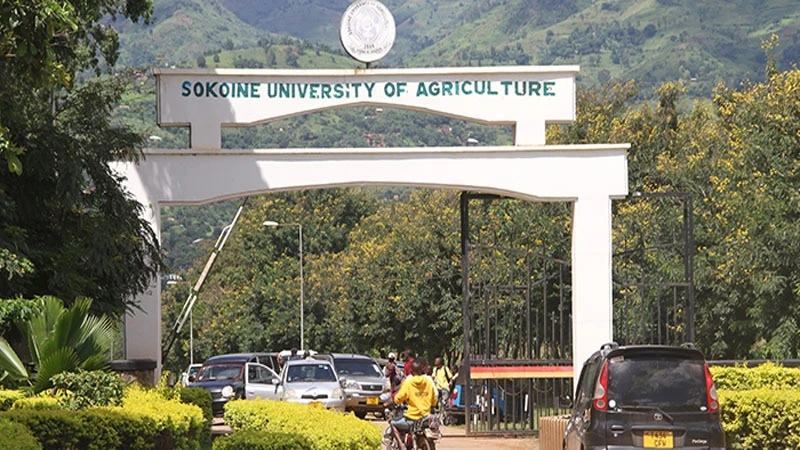
RESEARCHERS at the Sokoine University of Agriculture (SUA) have embarked on a trail-blazing four-year research project on ‘green technologies’.
It is intended to enhance biological figuring of alternatives to threats on ecosystems and crops in the face of climate change impacts.
The title is disarming enough for starters: ‘Mobility in Innovative Green Technologies for Climate Change Mitigation and Sustainable Bio-economy’, where a summing up as ‘Interact-Africa’ is given, less as an abbreviation but a reflection of their wider networks.
Funded by the European Union and focusing significantly on mobility, the project involves five universities in the East African Community zone working with a university in the Czech Republic.
The initiative’s key operating sphere will be to provide support for the consortia of African institutions of higher learning in their research efforts in that direction.
It is also meant to roll out scholarships for capacity building among trainees, students and staff of the five universities.
The designers expect to see the project coming up with results that will help in resolving challenges that have tormented farmers for a long time.
While there is keen interest in the practical output of the project, the coordinators are under no illusion that it will all be smooth sailing.
For instance, the SUA-based project coordinator is optimistic that the initiative will promote opportunities for learning by strengthening capacity building in higher education based on training and education in green chemistry, biology and information technology.
That is a positive new sphere of learning, as it is not very promising for farmers to sit up and hope to come up with key responses to fall armyworms or wilting diseases any time soon.
There is so much of learning activity and comparing notes that it is unclear when real research on a particular climate-related problem, like pest resilience, could likely come true.
Experience with medical researchers shows that finding the right drug for a particular disease and controlling its effects for all sorts of situations is tedious work that can take well up to a decade.
In some cases, for instance, malaria research produces hasty and limited-result vaccines seemingly incapable of closing all relevant gaps before they are rolled out.
One illustration of the project strategy is that in the implementation of the project at SUA, it will also focus on the development of a bio-fungicide fertiliser formulation for a cost-effective eco-friendly innovation.
It will target soil-borne plant diseases and soil fertility issues, two fairly different preoccupations, with intent to find green solutions to crop diseases such as wilting in tomato, egg plants and spices.
Here the purpose will be to reduce the use of industrial chemicals to protect the health of consumers as well as biodiversity.
Evidently, all this would be the best-case scenario if it promised solutions here and now rather than in the far future.
It is unclear what successes lie ahead for African countries after their having opted to ditch the United States’ DNA alteration method to end pest woes.
They have instead followed the EU green technology ‘panacea’ within the background of a smallholder farming economy, which implies that the level of capitalisation needed will be forbidding.
Charting the way ahead may mean much more than just saying time will tell and so people should, at best, keep hoping for a better tomorrow.
Top Headlines
© 2024 IPPMEDIA.COM. ALL RIGHTS RESERVED



